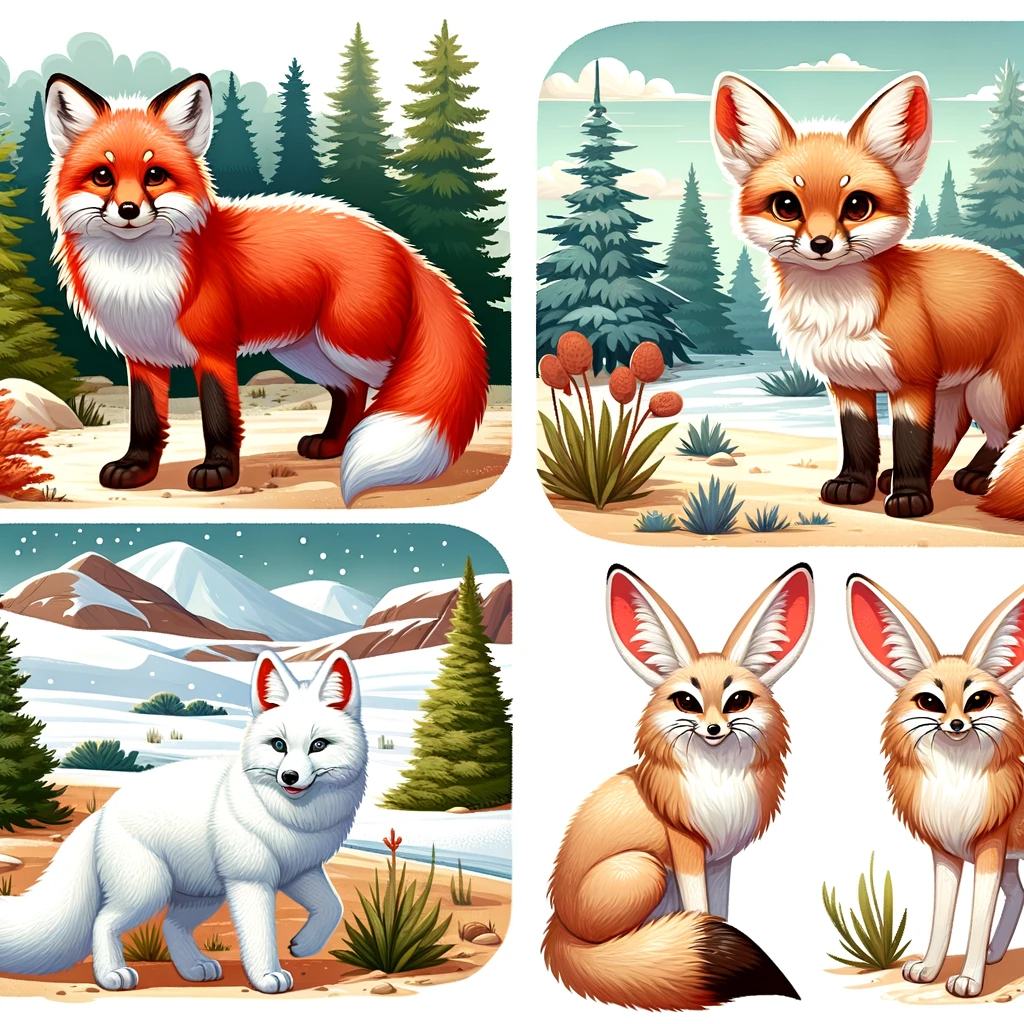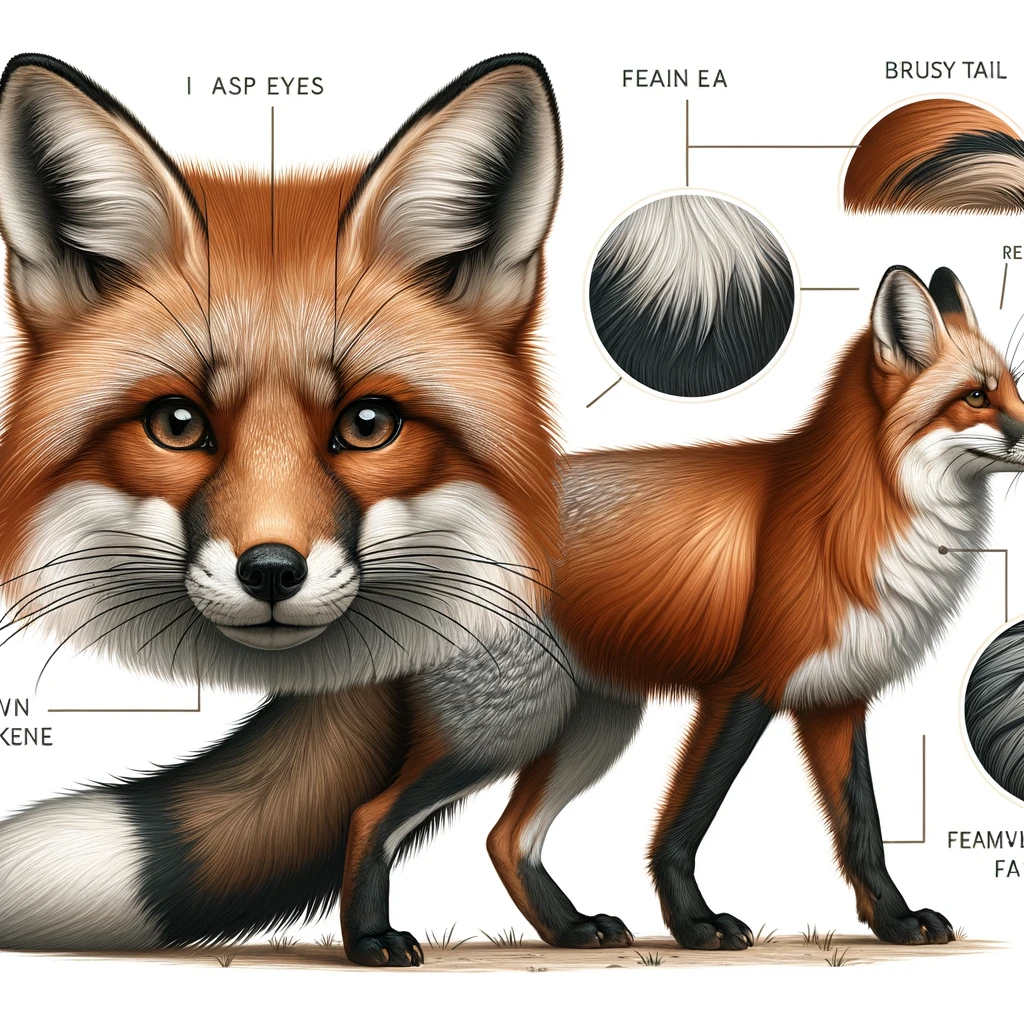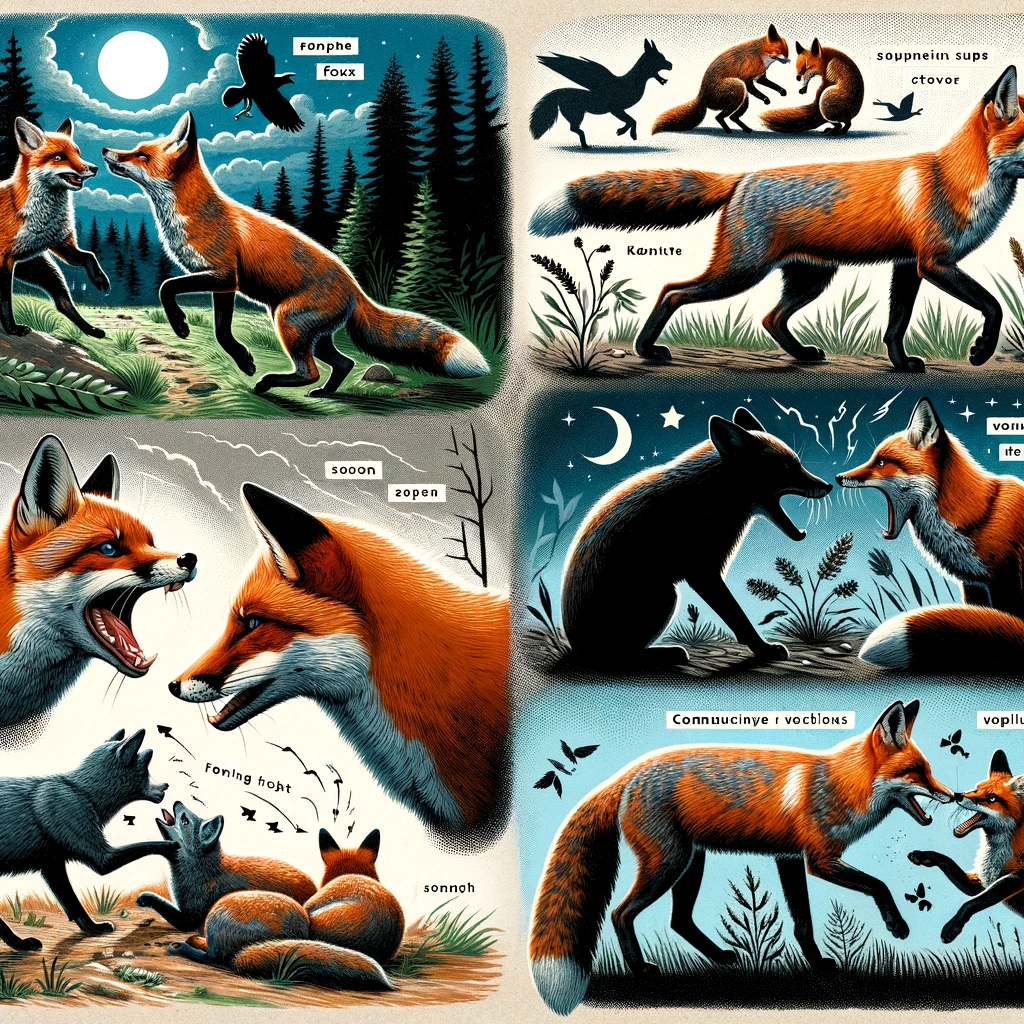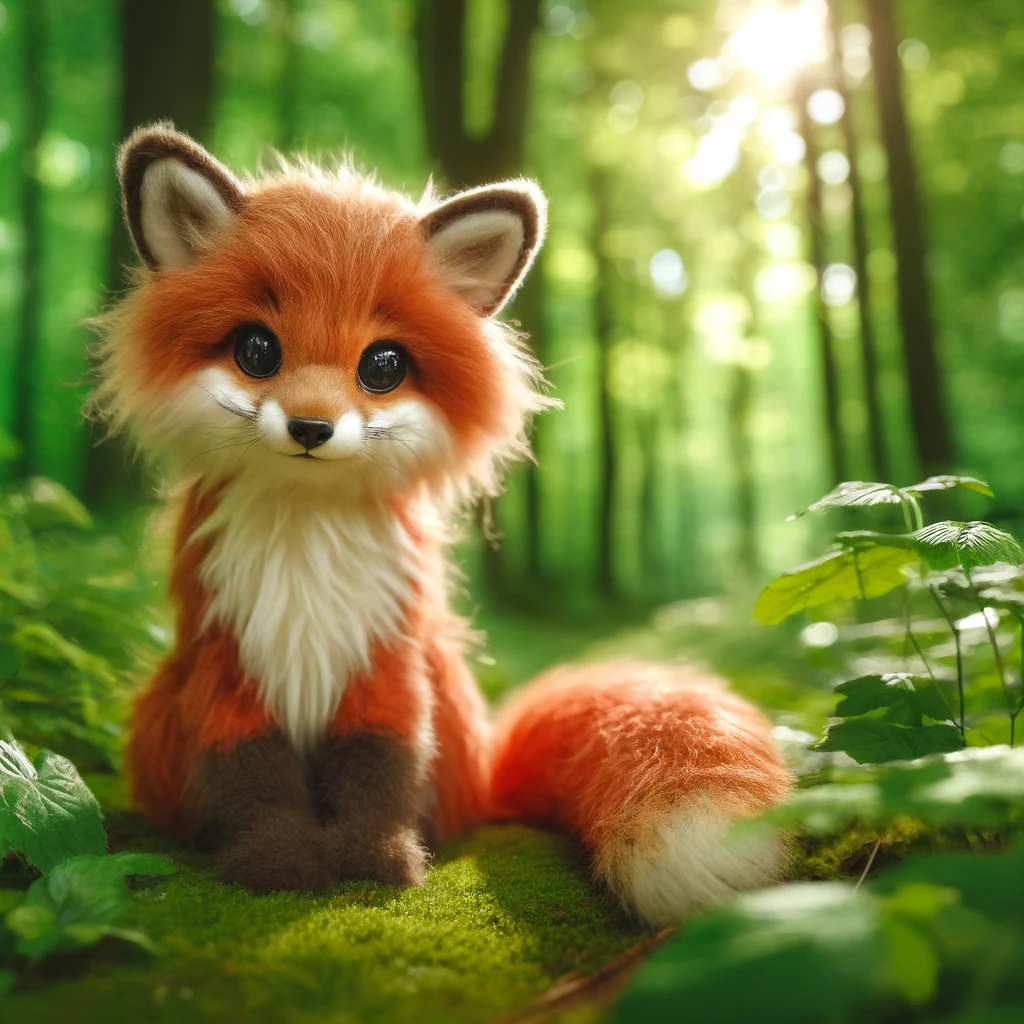Introduction
Have you ever wondered why foxes are often portrayed as charming tricksters in various tales and stories? Beyond their mischievous reputation, foxes are incredibly adorable creatures that capture the hearts of many. In this article, we will explore everything about cute:vckxjxf4zh0= fox, from their physical attributes to their behaviour and role in culture. So, let’s dive in and discover why these cute critters are so fascinating!
Understanding Foxes
General Characteristics
Foxes are small to medium-sized omnivorous mammals belonging to the family Canidae. They are known for their slender bodies, long, bushy tails, and pointed ears. These agile creatures are found in various parts of the world and have adapted well to diverse environments.
Different Types of Foxes

Red Fox
The Red Fox is the most widespread species of fox. Known for its striking red fur and bushy tail, the Red Fox is a versatile animal that thrives in various habitats, including forests, grasslands, mountains, and urban areas.
Arctic Fox
Adapted to cold climates, the Arctic Fox has a thick, white coat that provides excellent insulation against freezing temperatures. This species is native to the Arctic region and is well-known for its ability to survive in harsh conditions.
Fennec Fox
The Fennec Fox is the smallest of all fox species. He is easily recognizable by his large ears, which help dissipate heat and locate prey. Native to the Sahara Desert, the Fennec Fox’s pale coat blends perfectly with the desert sands.
Habitat and Distribution
cute:vckxjxf4zh0= fox are incredibly adaptable and can be found in various environments. From the icy tundras of the Arctic to the scorching deserts of Africa, these resilient animals have managed to carve out niches in multiple ecosystems around the globe.
Physical Attributes

Fur and Color Variations
Foxes are known for their beautiful fur, which varies in colour depending on their species and habitat. While the Red Fox sports a vibrant red coat, the Arctic Fox turns white in winter to blend with the snow. The Fennec Fox, on the other hand, has a sandy jacket that matches the desert landscape.
Size and Build
Foxes typically range in size from the small Fennec Fox, which weighs around 1.5-3.5 pounds, to the more prominent Red Fox, which can weigh up to 24 pounds. Despite their varying sizes, all foxes share a sleek and agile build, aiding their hunting and evasion tactics.
Unique Features
One of the most distinctive features of foxes is their bushy tails, also known as brushes. These tails serve multiple purposes, including balance, warmth, and communication. Additionally, foxes have keen senses, with their large ears providing excellent hearing and sharp eyes offering great night vision.
Behavior and Personality

Playful Nature
Foxes are known for their playful behaviour, often engaging in games with each other and even with other animals. This playful nature is not just for fun; it helps young foxes develop necessary hunting and social skills.
Social Structure
While many fox species are solitary, they do exhibit complex social behaviours. Red Foxes, for instance, often form small family groups consisting of a breeding pair and their offspring. Communication within these groups is vital and is achieved through vocalizations, scent marking, and body language.
Communication Methods
Foxes have various vocalizations, including barks, screams, and howls. Each sound serves a different purpose, such as warning others of danger or attracting a mate. In addition to vocalizations, foxes use scent markings to establish territories and convey information.
Foxes in Culture
Folklore and Myths
Foxes have been a part of human folklore and mythology for centuries. In many cultures, they are depicted as cunning and intelligent creatures. For instance, in Japanese folklore, the fox, or “kitsune,” is a shape-shifter often associated with wisdom and longevity.
Foxes in Literature
Foxes have also made their way into literature, often symbolizing wit and cleverness. One of the most famous literary foxes is the cunning protagonist of Aesop’s fables, who easily outsmarts other animals.
Modern Media Representations
In modern media, foxes continue to capture our imagination. From animated characters like Disney’s Robin Hood to the charming Nick Wilde from “Zootopia,” foxes are often portrayed as lovable rogues who use their wits to navigate their worlds.
Conservation Status
Threats to Fox Populations
Despite their adaptability, foxes face numerous threats in the wild. Habitat destruction, hunting, and climate change are significant challenges that impact fox populations. Like the Island Fox, certain species have substantially declined due to human activities.
Conservation Efforts
Various organizations are working to protect foxes and their habitats. Conservation efforts include habitat restoration, legal protection, and captive breeding programs. These initiatives aim to ensure the survival of fox populations for future generations.
How You Can Help
You can contribute to fox conservation by supporting wildlife organizations, spreading awareness, and advocating for policies that protect natural habitats. Even simple actions like reducing your carbon footprint can make a difference in the long run.
Foxes as Pets
Legal Considerations
Before considering a fox as a pet, it’s essential to check the legal regulations in your area. In many places, they are keeping a fox as a pet is restricted or entirely prohibited due to their wild nature and specific care needs.
Pros and Cons of Having a Fox as a Pet
Having a fox as a pet comes with its own set of challenges and rewards. While foxes can be affectionate and entertaining, they also require much space, specialized diets, and enrichment to thrive. Potential owners should carefully weigh these factors before making a decision.
Care and Maintenance
Foxes need a balanced diet that mimics their natural food sources, including meat, fruits, and vegetables. They also require a secure outdoor enclosure, regular veterinary care, and mental stimulation to prevent boredom and destructive behaviour.
Fun Facts About Foxes
Interesting Tidbits
Did you know that foxes have whiskers on their legs and face, which help them navigate in the dark? Or is a group of foxes called a “skulk” or “leash”? These are just a few fascinating facts about these incredible animals.
Record-Breaking Foxes
The longest-living fox in captivity was 14 years old, surpassing the average lifespan of 3-4 years in the wild. Another impressive feat is the Fennec Fox’s ability to jump up to three feet in the air to catch prey.
Conclusion
cute:vckxjxf4zh0= fox are truly remarkable creatures, embodying beauty, intelligence, and adaptability. Whether you’re fascinated by their cunning behaviour, role in culture, or physical attributes, there’s no denying the charm and allure of these cute critters. By understanding and appreciating foxes, we can contribute to their conservation and ensure they continue to enchant future generations.
FAQs
Are foxes dangerous to humans?
Foxes are generally not dangerous to humans and tend to avoid contact. However, like all wild animals, they can be unpredictable if threatened or cornered.
Can foxes be domesticated?
While some people keep foxes as pets, they remain wild animals at heart and can be challenging to domesticate fully. Their behaviour and needs differ significantly from those of traditional pets like dogs and cats.
What do foxes eat?
Foxes are omnivores and have a varied diet that includes small mammals, birds, insects, fruits, and vegetables. Their diet can vary depending on their habitat and food availability.
How do foxes communicate?
Foxes communicate using a combination of vocalizations, body language, and scent marking. They have various sounds that convey different messages, from warnings to mating calls.
Where can I see foxes in the wild?
Foxes can be found in many parts of the world, from forests and grasslands to deserts and urban areas. National parks and wildlife reserves are good places to observe foxes in their natural habitats.






